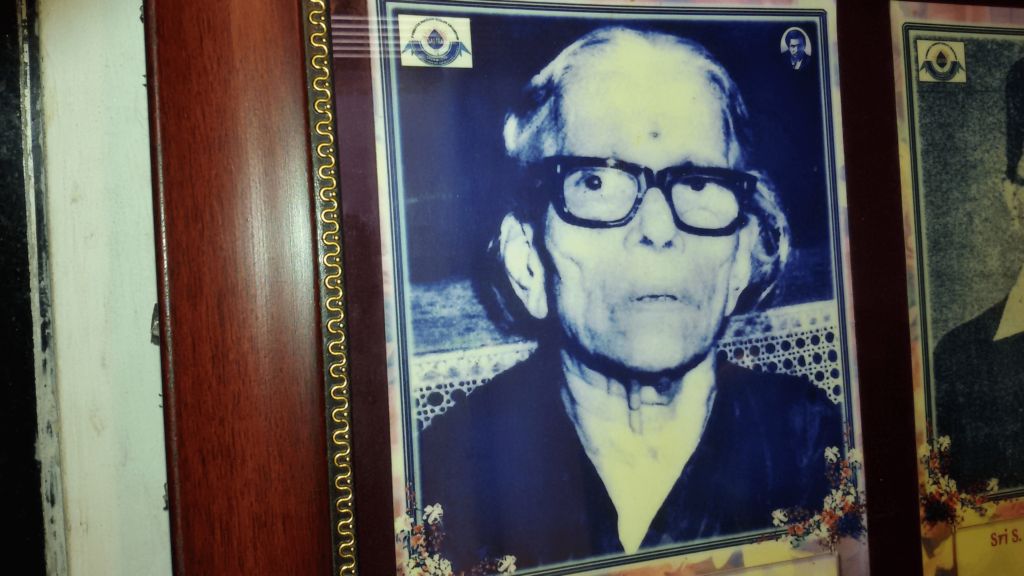1. Silver Vat – By Ray Tsang from Irvine, USA – City PalaceUploaded by Ekabhishek, CC BY-SA 2.0, https://commons.wikimedia.org/w/index.php?curid=12096650
2. Cellular Jail in Andaman – By Jomesh – Own work, CC BY 3.0, https://commons.wikimedia.org/w/index.php?curid=12873773
3. City Palace, Jaipur – By Diego Delso – Own work, CC BY-SA 4.0, https://commons.wikimedia.org/w/index.php?curid=8738337
4. London Parliament and Big Ben – https://www.publicdomainpictures.net/en/view-image.php?image=93510&picture=london-parliament-amp-big-ben&__cf_chl_jschl_tk__=pmd_Z1K.4eFzFkmjzRGWHjtFyxxml3jbIvtVsxXzBdbwWt0-1629265633-0-gqNtZGzNAmWjcnBszQbl
5. Death of Queen Victoria – By Coulter, John, ed;Victoria, Queen of Great Britain, 1819-1901;Cooper, John A. (John Alexander), b. 1868, joint ed – https://www.flickr.com/photos/internetarchivebookimages/14763413524/Source book page: https://archive.org/stream/queenvictoriaher00coul/queenvictoriaher00coul#page/n530/mode/1up, No restrictions, https://commons.wikimedia.org/w/index.php?curid=44046795
6.Queen Victoria – By Alexander Bassano – Original text: Scanned from the book ‘The National Portrait Gallery History of the Kings and Queens of England’ by David Williamson, ISBN 1855142287, p. 153.National Portrait Gallery: NPG x95802, Public Domain, https://commons.wikimedia.org/w/index.php?curid=6640482
7. King Edward VII – By Luke Fildes, Public Domain, https://commons.wikimedia.org/w/index.php?curid=1612595
8. Maharaja Sawai Madho Singh – By Jessrajsingh Seesodia – https://archive.org/details/rajputsfightingr00jessrich, Public Domain, https://commons.wikimedia.org/w/index.php?curid=25444299
9.Govind Devji – By Sameergoyal (talk) – I (Sameergoyal (talk)) created this work entirely by myself., CC BY-SA 3.0, https://en.wikipedia.org/w/index.php?curid=28146223
10. Jaipur – By Bourne & Shepherd – Jaipur, India -Principal Street, Public Domain, https://commons.wikimedia.org/w/index.php?curid=4101209
11.Priest – By nevil zaveri from navsari (guj), india – wait .. there’s a chance!, varanasi, CC BY 2.0, https://commons.wikimedia.org/w/index.php?curid=45461379
12. Hawa Mahal – By Manudavb – Own work, CC BY-SA 3.0, https://commons.wikimedia.org/w/index.php?curid=28188851
13. Cattle – By Japanexperterna, CC BY-SA 3.0, https://commons.wikimedia.org/w/index.php?curid=34245112
14. Skihs in France – By Unknown author – [1], Public Domain, https://commons.wikimedia.org/w/index.php?curid=35887672
15. British Indian Army – By Fred Bremner – en:Image:BritishIndianArmy.jpg, Public Domain, https://commons.wikimedia.org/w/index.php?curid=4624517
16. Infantry in Flanders – By Indian Army photograph. – http://www.bharat-rakshak.com/LAND-FORCES/Army/Galleries/main.php?g2_itemId=713Originally uploaded to en Wikipedia as en:Image:Indian Army WW.jpg by en:User:Idleguy 27 November 2006, Public Domain, https://commons.wikimedia.org/w/index.php?curid=3487637
17. Indian bicycle troops at Somme – By John Warwick Brooke – This is photograph Q 3983 from the collections of the Imperial War Museums., Public Domain, https://commons.wikimedia.org/w/index.php?curid=17823784
18. 39th Garhwal Rifles march in France – By H. D. Girdwood – This file has been provided by the British Library from its digital collections. It is also made available on a British Library website.Catalogue entry: Photo 24/(238), Public Domain, https://commons.wikimedia.org/w/index.php?curid=26185155
19. Newly arrived Indian coolies in Trinidad – Public Domain, https://commons.wikimedia.org/w/index.php?curid=58459603
20. Freedom fighters in Cellular jail – By This mediaFconaway (talk) (Uploads)Original work – This is a scan of an original photograph in my collection, showing a prison under construction, n.d. The photographer’s name is not known. The inscription says, “Port Blair – Panoramic View of Viper New Jails”., Public Domain, https://commons.wikimedia.org/w/index.php?curid=32927883
21. Hanging Cell – By Harvinder Chandigarh – Own work, CC BY-SA 4.0, https://commons.wikimedia.org/w/index.php?curid=47771599
22. Cellular Jail entrance – By Biswarup Ganguly – Own work, CC BY 3.0, https://commons.wikimedia.org/w/index.php?curid=9551700



